General Feasibility
General feasibility is based on many factors. Some can be quantified and others cannot, but can still have a big impact on the success.
• Are there restrictions for cast seaweed collection? (e.g. blue flag)
• Who is affected and are they willing to pay to alleviate the problem? (e.g. tourist areas, homeowners’ associations, municipalities etc.)
• Is there public acceptance for collection and treatment (in a biogas plant)?
• Which permitting and/or product restrictions exist? (e.g. substrate restrictions at biogas plants, fertiliser ordinance restrictions)
• What quality does the algae/seaweed have? Is it contaminated?
• Which equipment is available and/or affordable?
• Are there biogas plants nearby? Are they able to process the algae/seaweed?
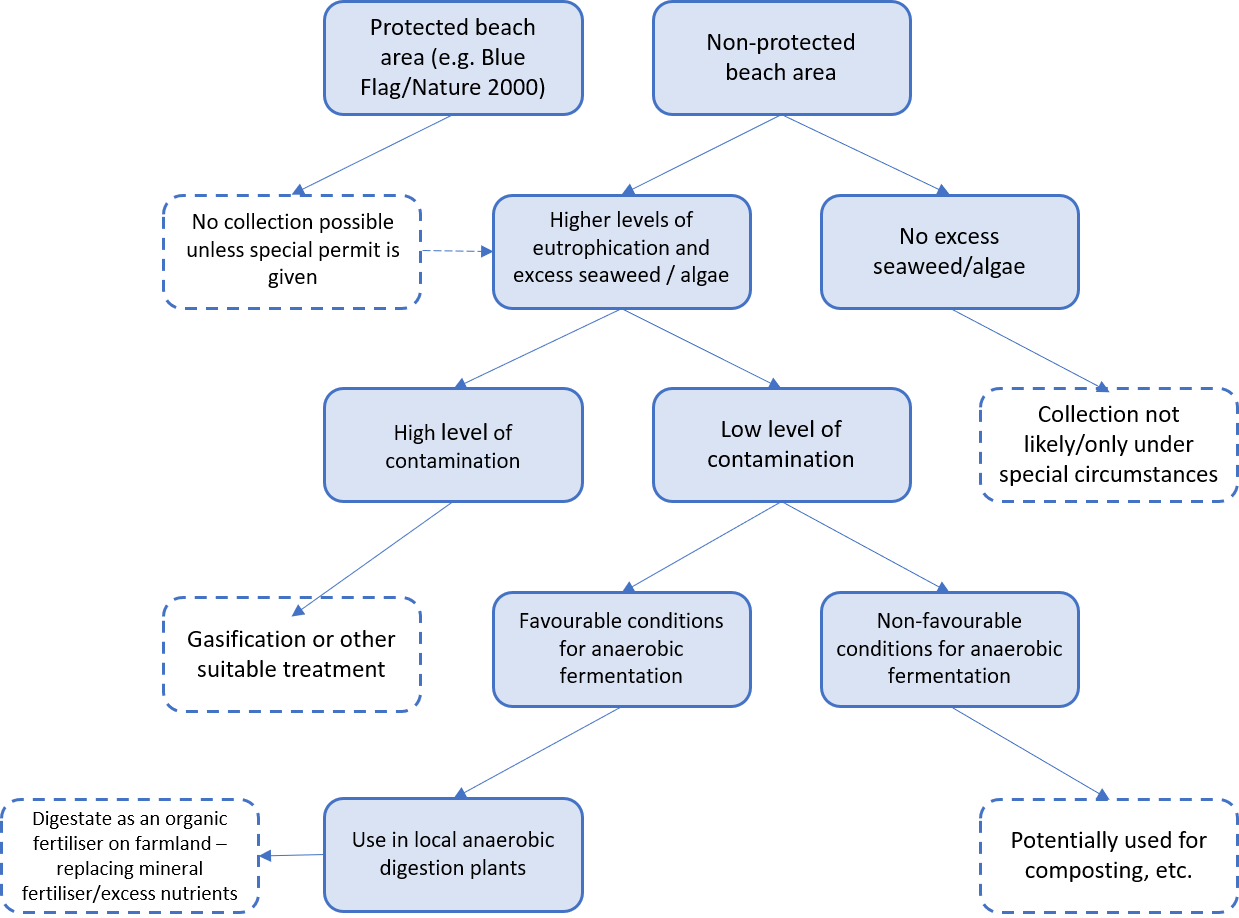
Where to start?
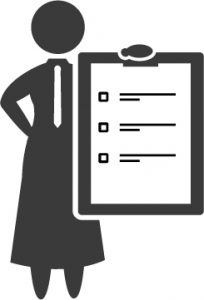
Regulations
Before starting it is important to check which regulations may apply.

Contamination Analysis
The algae may contain heavy metals or waste. It is important to carry out regular analysis.
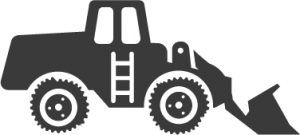
Collection Techniques
Suitable collection techniques depend on location, amount and composition of the beach wrack.
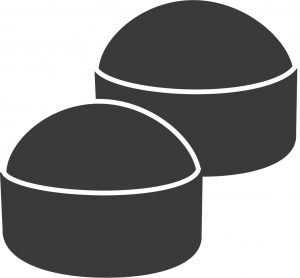
Treatment Options
Depending on the quality of the algae there are different treatment options. COASTAL Biogas focuses on treatment in a biogas plant. If you would like to learn about other options you can take a look at the case studies from the CONTRA project (in English only).
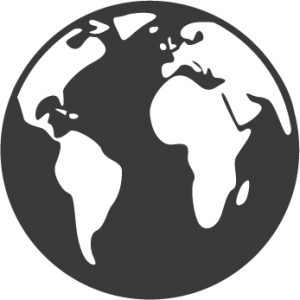
Other Environmental Aspects
COASTAL Biogas takes a look at the environmental advantages of collecting beach wrack before it decays and emits harmful gases and odours. There are, however, other aspects to be considered. The CONTRA project published further information (in English only) on these aspects.
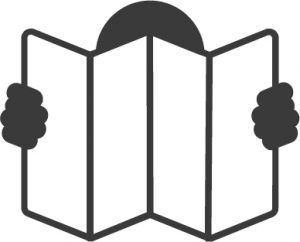
Solrød Biogas Plant
Solrød is a positive example of how management and treatment can be organised. Learn more about the background of the plant and its operation.
Collection and Transport
Algae and Seaweed: The prevalent species are the green seaweed common eelgrass – Zostera marina, the brown seaweed bladder wrack – Fucus versiculosus and the brown algae – Pylaiella littoralis. They are marine species, which grow on available substrates and provide many services for the ecosystem. Macroalgal roots serve as natural erosion protection for the sediment and have high importance as food and breeding habitat. Mats of macrophyta are able to float over great distances and accumulate at the water-line on beaches.
Algae can absorb, therewith purify and remove nutrients from the surrounding water volume. They can take up excess nutrients and unbound elements and, in this regard, multiply their biomass quickly. Worldwide the excessive growth of macroalgae is occurring as a sign of the eutrophication phenomenon. In the process high amounts of nitrogen (N) and phosphorous (P) are consumed from environment in which the algae are located. This characteristic is excellently applicable for the selected uptake of element surplus from the environment.
Based on currently applicable techniques seaweed (macroalgae) is collected along the coast line on the beach (onshore) and in the shallow water nearby the beach (offshore). First, the algal biomass is pre-treated via sieving and washing. The pre-treated material can potentially be fermented (co-digested) with other residual material in an oxygen free (anaerobic) decomposition (digestion) procedure at a biogas plant or wastewater treatment plant. Biogas can be used to fuel a combined heat and power unit or upgraded to biomethane. Depending on the season and region, contaminant thresholds in algal biomass may be too high. In such cases other applications can be found for the organic residues.
Collection: A comparative analysis has been made of seven different collection techniques. Reports and experience suggest that a tractor with a grating bucket should generally be preferred. This technique can be used to collect seaweed from shallow waters (up to 1 meter) and from the near shore sandy beach. This technique is estimated to be applicable to 70% of the coastal areas where seaweed can be collected. The other techniques can only be used to a lesser extent. Pontoon machines can be used to collect seaweed in port areas, which are only estimated to cover 5% of the total collection areas in the five partner countries.
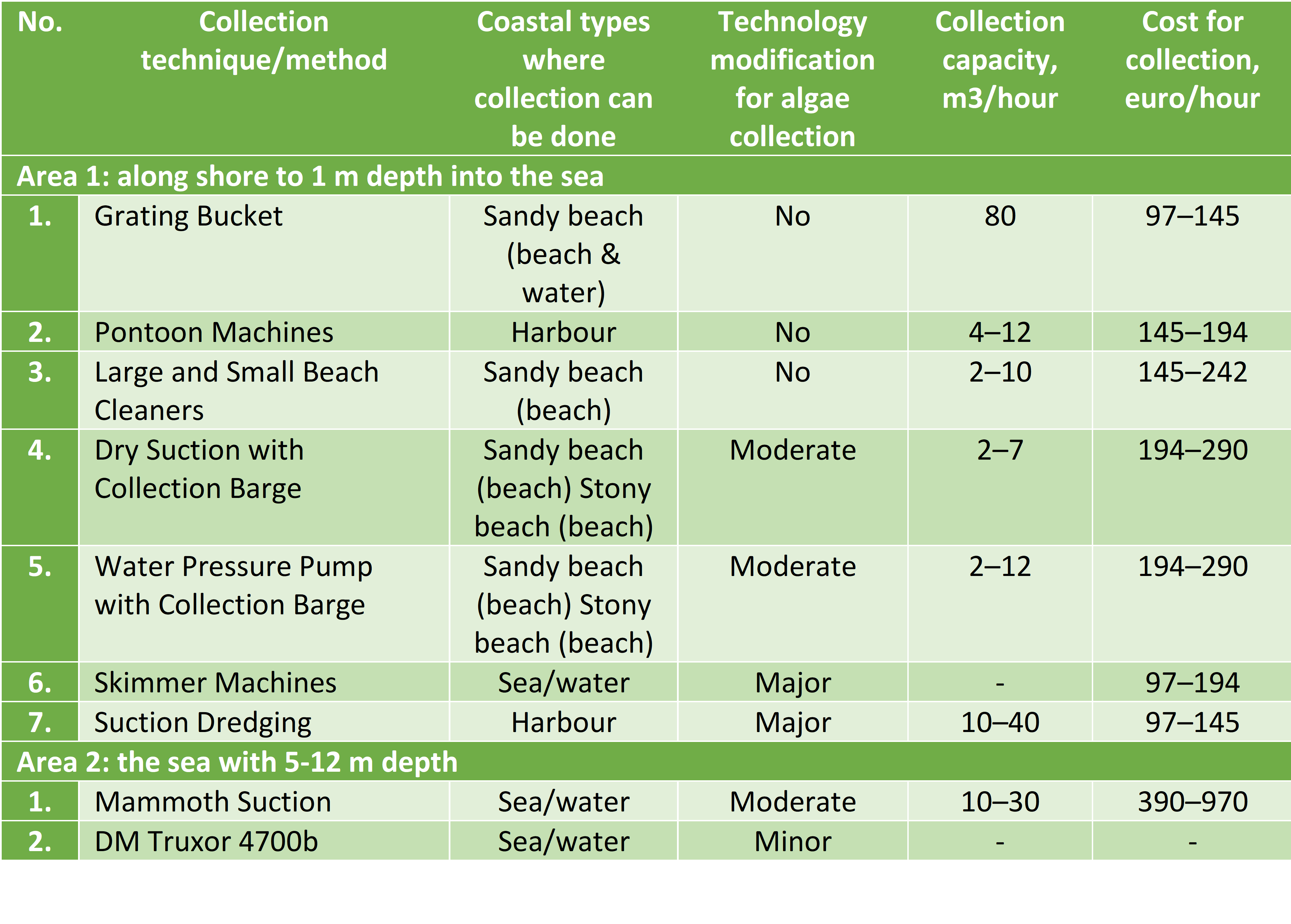
Advantages and disadvantages of selected collection methods
A front wheel loader with a pitchfork or grating bucket:+ Low sand take up
+ Quick and simple
+ Possibility to collect algae at the beach and in the water + Repetition of algae washing
+ Easy unload
+ Cheap method
- Low loading capacity leading to additional costs
- Size of the machine
- Wheel marks left on the beach
- Moderate noise
Large and small beach cleaners:
+ Quick collection if material is dry
+ Possibility of shaking
+ Collection on shore or in shallow water
- Can stop if there is too much material or wet material on the catchment board
- Limited loading capacity
- Frequent unloading
- Poor shaking if wet material
- Sensitive to the type of beach
DM Truxor 4700b:+ Possibility to collect both on shore and in water
+ Low sand take up
+ Cost effective
- Noisy
- Developed for more calm water than the sea
COASTAL Biogas Decision Tool
As part of the COASTAL Biogas project a decision tool for stakeholders is being developed.
